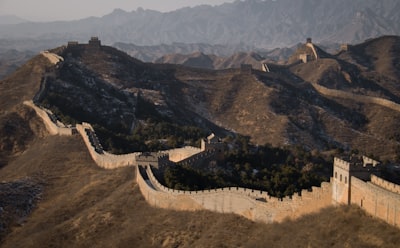The Silk Road of Silicon: Why Walls Rarely Work in a Wired World
Imagine Marco Polo packing his bags for China, only to find an enormous wall—not just of stone, but of law, tariffs, and digital firewalls—barring his way. Would the course of world history have changed if the Venetian explorer found the silk, spices, and secrets of the East locked behind layers of sanctions and embargoes?
History is a stubborn teacher: every attempt to cordon off innovation or resources, whether by building actual walls or metaphorical ones, creates unintended detours. The Opium Wars, the Cold War, the oil crises—each underscores how nations invest enormous energy, not in securing self-sufficiency, but in outwitting or circumventing barriers. When the US embargoed critical technology to the Soviet bloc, for instance, it spurred a “gray” tech market, with Polish washing machines smuggling semiconductor chips and “unobtainium” suddenly washing up on distant shores.
Fast-forward to today, and data flows at the speed of light, AI learns in many languages, and even the rarest minerals cross borders hidden in smartphones and satellites. Trying to fence off technology in the digital era may simply scatter the seeds of ingenuity further, inviting new networks, alliances, and creative workarounds.
So here’s a provocation: Are the most strategic resources of the 21st century—ideas, code, algorithms—simply too slippery for walls, digital or physical, to contain? And if so, does every new barrier simply become fodder for the next leap, the next hack, the next Great Escape?
What if, in the end, the strongest competitive advantage isn’t hoarding what we have, but building the most open and resilient systems—able to absorb shocks, learn from rivals, and turn every challenge into a new crossroads?
This article was inspired by the headline: 'Blocking strategic rivals from tech, resources may not work, says PM Wong on US-China ties'.

Comments
No comments yet. Be the first to comment!